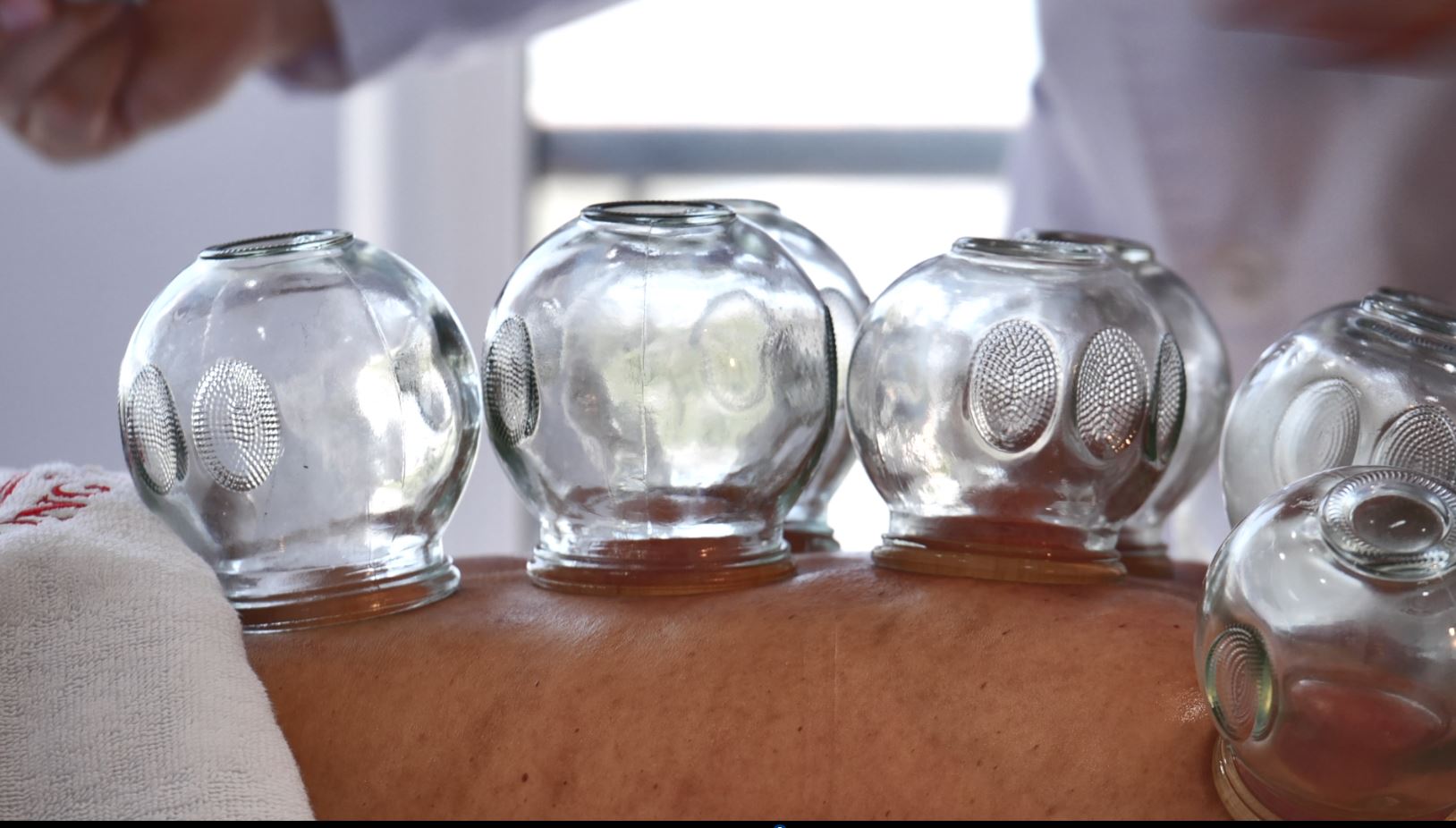Top 5 Benefits of Hijama
Hijama, also known as cupping therapy, is an ancient practice that has gained popularity for its numerous health benefits. One of the most significant advantages of hijama is its ability to alleviate pain. Many individuals report a reduction in chronic pain conditions such as back pain, migraines, and arthritis after undergoing this therapy. The suction created during hijama helps to increase blood flow to the affected areas, promoting healing and reducing inflammation.
Another key benefit of hijama is its role in detoxification. The process helps to draw out toxins and impurities from the body, which can contribute to improved overall health. By removing stagnant blood and waste products, hijama can improve organ function and boost the immune system. This cleansing effect can lead to increased energy levels and a better sense of well-being.
Additionally, hijama has been shown to promote relaxation and reduce stress levels. The gentle suction and manipulation associated with the therapy can help to release tension in the muscles, allowing individuals to experience a greater sense of calm. This relaxation response can be beneficial for mental health, leading to reduced anxiety and improved mood.

When to Do Hijama
Timing plays a crucial role in the effectiveness of hijama therapy. It is often recommended to undergo hijama during specific phases of the lunar cycle, particularly during a full moon or new moon. Many practitioners believe that these times are optimal for releasing negative energies and enhancing the therapeutic effects of the treatment. However, it is essential to consult with a qualified practitioner to determine the best timing based on individual health needs.
Furthermore, hijama can be done at various times throughout the year, depending on personal health goals. For example, those looking to detoxify their bodies may choose to schedule sessions during seasonal transitions, such as spring or fall. These periods are seen as ideal for cleansing and rejuvenation, allowing the body to adapt to changes in the environment.
It is also important to consider personal factors, such as physical activity levels and stressors, when deciding when to do hijama. For individuals with high-stress lifestyles, scheduling a sesion after a particularly demanding week can provide signficant relief and recovery.




